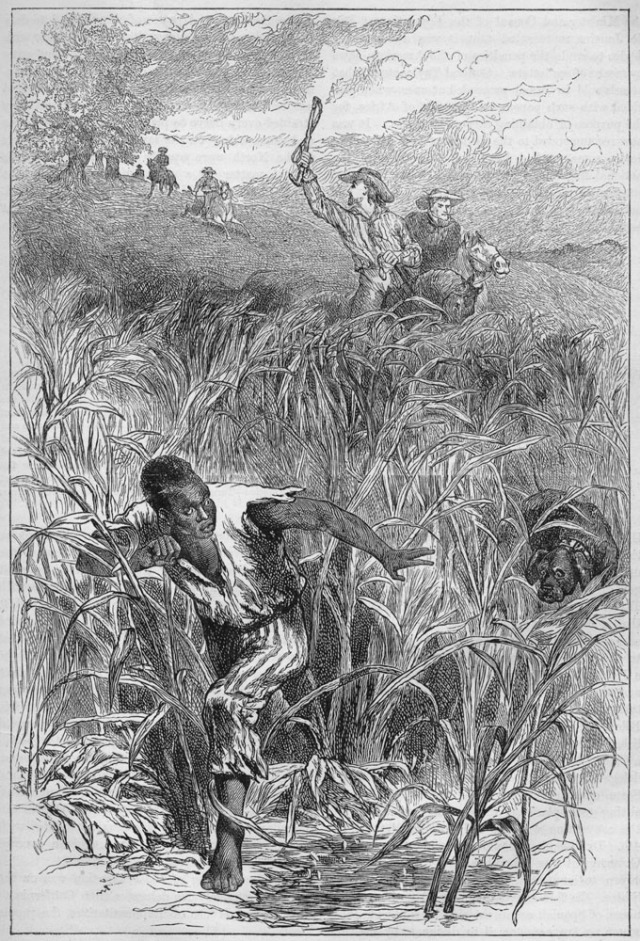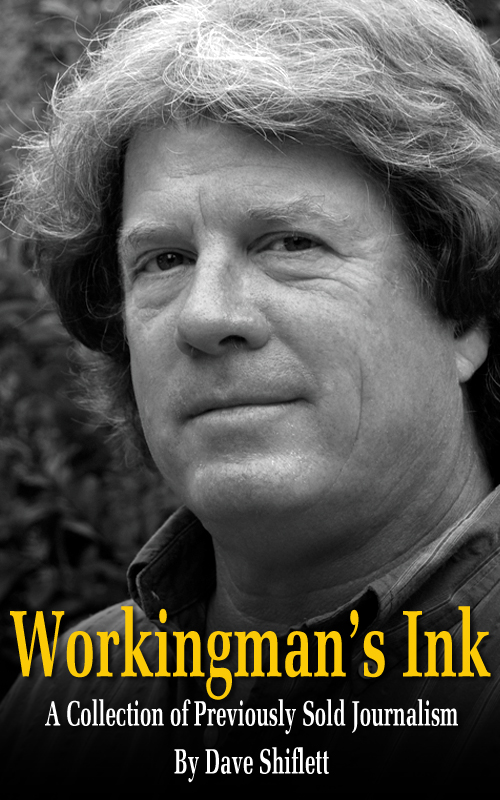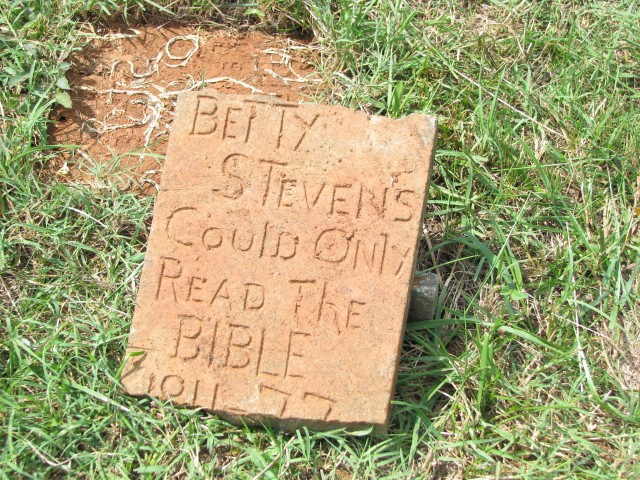Season’s Greetings — and here’s my annual Christmas message. A shorter version ran in The Wall Street Journal over the weekend; this version has all the good stuff in it. Not recommended for the easily offended.
O Come All Ye Grousers
Thanksgiving is the season of the turkey. Christmas’s official bird should be the grouse.
As always, the run-up to Dec. 25 has unleashed a national moanfest. Crèches set some teeth to grinding, while others complain that the Baby Jesus is being treated like a leper. Almost everyone complains that the season is too “commercial,” though they’ll carp to high heaven if they don’t get everything they asked for.
There are too many calories, too much booze, plus all those family members you hope to see only at funerals, preferably in a horizontal position while holding a couple of orchids. Aesthetes are horrified by tacky lights, and environmentalists wail about the additional fossil fuels needed to fire them. Unbelievably, there is even complaining about one of the season’s most endearing spectacles – the Victoria’s Secret Fashion Show.
Is nothing sacred anymore?
Admittedly, Christmas has gotten to be unwieldy. Thanksgiving is now a mere speed bump on the road to yuletide. Christmas songs infiltrate radio playlists while there are still leaves on the trees, and tinsel and candy canes go up even before the Pilgrims get their annual nod. By mid-December the only reindeer some of us want to see is on a platter with a side order of rice.
But the larger fact is that contemporary Christmas offers something for everyone, from traditionalists to scoffers, enthusiasts to scolds (nearly 20 percent of Americans are not affiliated with any religion, according to the Pew Forum on Religion and Public Life, though only 6 percent call themselves atheists or agnostics). If you don’t want to praise the Lord you can sing the praises of the other two members of the seasonal Trinity — Santa Claus and Ebenezer Scrooge, both of whose affiliation is unknown. All three bring unique, helpful and evolving messages. Our cups runneth over. Let us consider a few of the ways.
First off, there’s Jesus, whose message of eternal hope and peace continues to illuminate the season. Yet he also can be considered apart from the religious claims that have consoled and inspired believers through the ages (and sent a few heads rolling too). The Christmas focus is an infant in the humblest of circumstances: a stable, which for the four-legged co-occupants doubled as a latrine. There’s tension in the back story as well: Has the earth ever known a more profound silence than just after Mary revealed to Joseph that she was with child, and that the only one passing this paternity test would be the Almighty? How does one prepare for such a moment?
At the very least, it’s a story that provides a profound lesson in trust and positive thinking, both of which are in short supply these days.
Life outside the manger was no carnival ride either. The ancient world was a very tough neighborhood. Routine infections could be fatal. The shadows were full of cutthroats while palaces brimmed with tyrants. Battlefield casualties could be stunning: Cannae (92,000), Arausio (84,000) and Carrhae (24,000); the siege of Jerusalem, later in the first century, would claim over 1,100,000 mostly Jewish lives, according to the historian Josephus, with an additional 97,000 captured and enslaved. Remember, this was before the advent of automatic weapons. And so when Herod commanded his goons to slaughter all the male children in Bethlehem with the hope of whacking the newborn king, he was very much in step with his times, during which collateral damage was considered a Virtue.
Despite these challenges, the Baby Jesus ended up doing pretty well. According to Pew, there are today 2.18 billion Christians, nearly a third of the world’s population, despite an inner circle that included Judas the snitch and no social media to speak of. All of which offers a valuable insight to our pampered youth, who think they’ve entered the Valley of Death when their Internet service is interrupted: Man does not live by Bandwidth alone. And while you’re at it, eat your peas.
On the secular side, Santa Claus — aka Kris Kringle, Saint Nick, Father Christmas, and (in stricter households) the Son of Mammon – is a bit newer to the scene, though he does trace his roots to Saint Nicolas, the fourth century Greek bishop best known for giving dowries to three poor girls so they wouldn’t have to become prostitutes (reminding us that there’s nothing like a little seed money to keep you out of a tight spot). Other variations include Nazi Germany’s “solstice man,” modeled after the pagan god Odin, who urged mothers to buy swastika-shaped biscuits for their children.
These days, Santa has morphed again.
In the spirit of disclosure, I once had serious issues with Claus, whose impersonators began popping up in U.S. stores sometime around 1890. We know the drill; he invites children to sit on his lap and tell him what they smuggled down the chimney. Despite society’s best efforts to destroy rote learning the tykes recite well-rehearsed wish lists of obscenely expensive toys as Claus, often an unemployed actor or hefty friend of the store manager, leers at the parents, knowing that many of us got little more for Christmas than a stick horse and a few lousy tangerines.
While Claus remains the face of commercial Christmas he has become a far more sympathetic, and heroic, character. The reason is simple: he’s under attack by scolds – who, like the poor, we will apparently always have with us.
The primary complaint is that Claus is fat, as is his wife, whose spirit has never been broken by Jenny Craig. Indeed, perhaps the second most profound silence on earth would follow Santa suggesting to Mrs. Claus that she join Weight Watchers. There is no denying their immenseness. Boiled down to their tallow, the Clauses could light Manhattan for a long weekend.
Nor is their persecution any surprise. We live in a time when office-purchasing mayors tell us how big our sodas should be and what type of oil to fry our food in, while many schools send “parental notification letters” to the homes of chunky youth (in direct contradiction to anti-bullying programs and the war against “size shaming”). Claus, the patron saint of porkers, is a standing rebuke to these outrages. With every corpulent, unrepentant corpuscle Claus tells the Man to Stick It.
The favor is happily repaid. Then-U.S. Surgeon General Rear Adm. Steven K. Galson, teed off on Santa a few years back, proclaiming “It is really important that the people who kids look up to as role models are in good shape, eating well and getting exercise.” In the same spirit Australian heath expert Nathan Grills insisted that “Public health needs to be aware of what giant multinational capitalists realized long ago – that Santa sells, and sometimes he sells harmful products.” Mr. Grills added that in the U.S. Santa’s name recognition with children is just behind that of another demon: Ronald McDonald. Similarly, Roy Pickler, whose public health credentials include a stint as a contestant on “The Biggest Loser” and part time work as a Santa impersonator, pronounced that “The world is going to have to change their acceptance of what Santa looks like. Santa is a role model, and kids don’t want to have a role model that’s fat.”
Not only is Claus an alleged threat to youthful waistlines. He’s blamed for mental and spiritual mayhem as well. In a 2012 Psychology Today essay entitled “Say Goodbye to the Santa Claus Lie” Dr. David Kyle Johnson argues that the “Santa Lie” risks damaging parental trustworthiness and increases “credulity and ill-motivated behavior.” He also notes an incident in which a child, when told that Santa doesn’t exist, turned atheist.
Men have gone to the stake for far less, and the indictment goes yet further. Claus smokes a pipe (contents unknown, though his continuous laughter raises suspicions) and drinks alcohol – brandy, by most accounts, and judging from the flush on his cheeks plenty of it. Tippling fictional icons, of course, are catnip to scolds: James Bond was recently flogged in the British journal BMJ for drinking at levels allegedly detrimental to his marksmanship and famed sexual prowess, the latter certainly startling news to one of Bond’s most vivacious and medically astute leading ladies – Dr. Holly Goodhead.
Most of us, of course, don’t mind well-intentioned advice to shed a few pounds, though unfortunately these admonitions often come from those joyless, hectoring types whose main purpose in life is to parade their own superiority and push other people around. If they weren’t ordering us up on the scales they’d be annoying us some other way. The situation is made worse when the messengers have legislative powers. Just as most of us want government to stay out our bedrooms it should stay out of our kitchens as well. Claus no doubt agrees, which is why he’ll likely end up on a Wanted poster any day now.
Which finally brings us to Ebenezer Scrooge, who is also experiencing a transformation, though one of a different kind.
Scrooge, of course, is best known for a late-life personality switch from tight-fisted taskmaster to doddering sugar daddy. The pre-sugar Scrooge has historically exemplified the qualities denounced in a sermon delivered earlier this year to the Unitarian Universalist Congregation of Tuscaloosa, Alabama.
“Our society is for better or worse grounded on individualism and this notion of personal freedom versus communal responsibility,” intoned the Rev. Fred L. Hammond, who posted the message on his blog. “This is manifested in a false illusion that the American Dream is attainable by all, if we do as Ebenezer Scrooge did and put our nose to the grindstone and grind away. What our contemporary society fails to see is that our capitalist mindset is a spirituality that is detrimental to living a full and abundant life.” This spirituality, the reverend also noted, rules the U.S. Congress and can be found hovering around Wal-Mart.
Yet there’s a vibrant revisionism afoot that insists Scrooge was actually a better man before he became victim to that dramatic drive-by spooking. A small but virile band of bloggers, analysts, and others who are not likely to be Unitarians hail the pre-conversion Scrooge as the “original one percenter.” Russell D. Longcore, for example, thinks Scrooge was spot-on when he denounced Christmas as “a time for paying bills without money; a time for finding yourself a year older, but not an hour richer; a time for balancing your books and having every item in them through a round dozen of months presented dead against you.” These days, Longcore observes, Americans pay for Christmas with plastic while their savings rates “are near zero.”
Scrooge is also hailed as a job creator who paid clerk Bob Cratchit a reasonable wage. The revisionists, in fact, are hard on Cratchit, who they insist is not to be mistaken for Mr. Hustle.
“If Cratchit’s stagnating in the backwaters of Scrooge’s shop was due to his basically poor work skills,” wrote author and law school professor Butler Shaffer in a classic 2004 essay, “we are once again confronted with the question: why did Cratchit not seek to enhance his skills, as by learning a more remunerative trade? That would certainly have been a great benefit to his family, including affording additional resources with which to possibly rescue Tiny Tim from his malady. But, alas, Bob Cratchit was, once again, either too unambitious or too unimaginative to pursue this course of conduct… Such is the extent of his courage, ambition, and love for his family.”
In the generous spirit of the season, Professor Shaffer let Crachit have it with both barrels instead of only one. He also gave a clear sign that those who prefer the unreformed Scrooge are not alone, so if kicking Cratchit is your idea of holiday fun, go at it (and maybe get in a lick at Scrooge’s treacly nephew Fred while you’re at it). As Scrooge himself said, “keep Christmas in your own way,” which is perhaps the best seasonal advice of all.
The long holiday season offers other delights: paid holiday time, an opportunity to sing, sober or otherwise, the Hallelujah chorus, and nourishment of the dark and lurid hope, a variation of which is also present at NASCAR races, that someone in those Black Friday mobs might get trampled. Verily, there really is something for everyone.
So perhaps grousers, as a revised Tiny Tim might observe, should “stick a cork in it, every one.”








